Twilight Sun
pacnwjudy
16 years ago
Related Stories
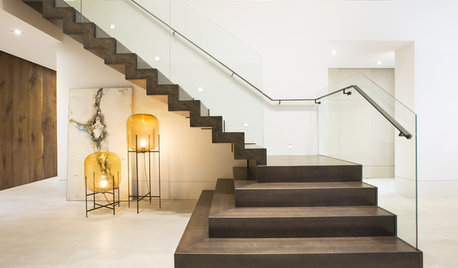
CONTEMPORARY HOMESHouzz Tour: Twilight Inspires a Warm Contemporary Home in Florida
Natural textures, warm tones, architectural tricks and lighting design keep the cold out
Full Story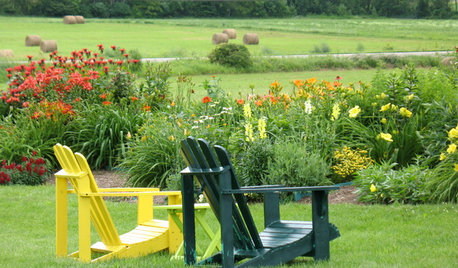
NORTHEAST GARDENINGNortheast Gardener's July Checklist
Fire up your garden with sun-loving yellow and red blooms to put you in a party mood for outdoor summer fun
Full Story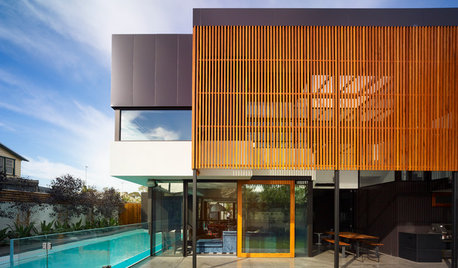
ARCHITECTUREArchitectural Sunscreens Take the Heat Off Homes
Sun-blocking screens help you stay cool, play with light and create a stunning modern exterior
Full Story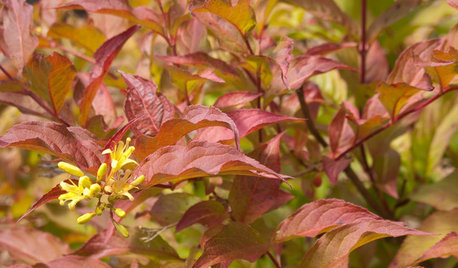
GARDENING GUIDESGreat Design Plant: Northern Bush Honeysuckle, a Bronze Beauty
It helps control erosion and takes sun or shade. The butterflies love it. But the best part of this shrub may be the vivid foliage
Full Story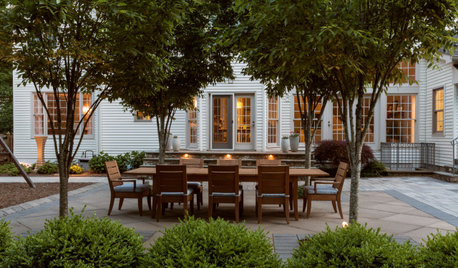
GARDENING AND LANDSCAPINGSimple Pleasures: Savor a Starry Evening
See how magical moonlight can be by relaxing outdoors after the sun goes down
Full Story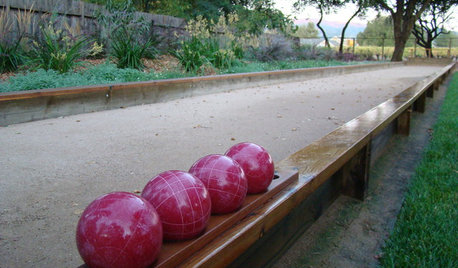
GREAT HOME PROJECTSWhat to Know About Adding a Backyard Bocce Ball Court
A regulation court in a relaxed setting helps you get the most from the Italian pastime. Here's what it takes to build one at home
Full Story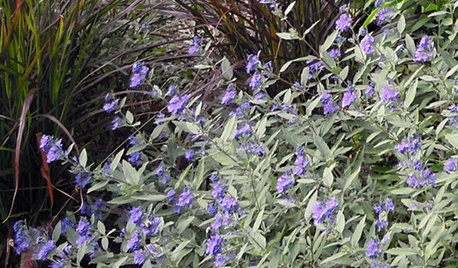
SHRUBS5 Glorious Late-Season Shrubs
Spilling over with berries or bursting with blooms, these stunning underused shrubs keep the garden party going through fall
Full Story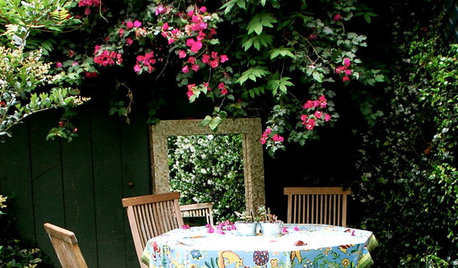
GARDENING AND LANDSCAPINGPatio Power: 12 Ways to Energize Your Outdoor Room
From free and easy to pro skills required, we give you a range of options for boosting the look of your patio for summertime entertaining
Full Story
COLOR12 Top Colors for Night Owls
These home colors reach their peak at the end of the day. Which is your favorite evening backdrop?
Full StorySponsored






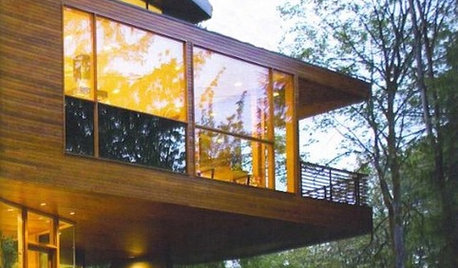
rhodyman
pacnwjudyOriginal Author
Related Professionals
Arlington Landscape Architects & Landscape Designers · Chattanooga Landscape Architects & Landscape Designers · Fort Lee Landscape Architects & Landscape Designers · Rancho Cordova Landscape Architects & Landscape Designers · Maple Valley Landscape Contractors · Commack Landscape Contractors · Concord Landscape Contractors · La Verne Landscape Contractors · Nashua Landscape Contractors · New Berlin Landscape Contractors · Rio Linda Landscape Contractors · Saint Paul Landscape Contractors · Santa Maria Landscape Contractors · West Covina Landscape Contractors · Merrifield Landscape Contractorsrhodyman
pacnwjudyOriginal Author
rhodyman
pacnwjudyOriginal Author
pacnwjudyOriginal Author
rhodyman
pacnwjudyOriginal Author
pacnwjudyOriginal Author